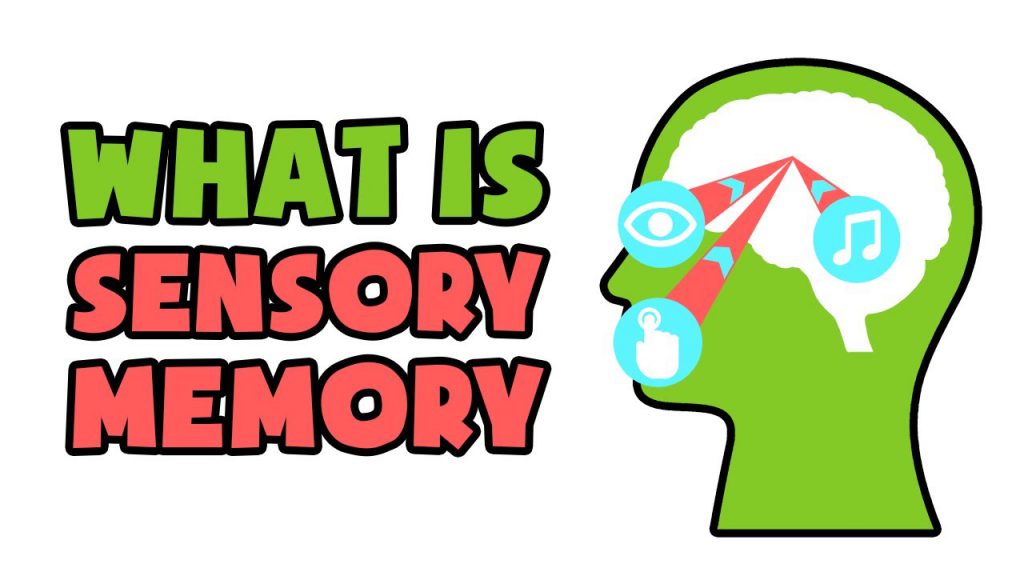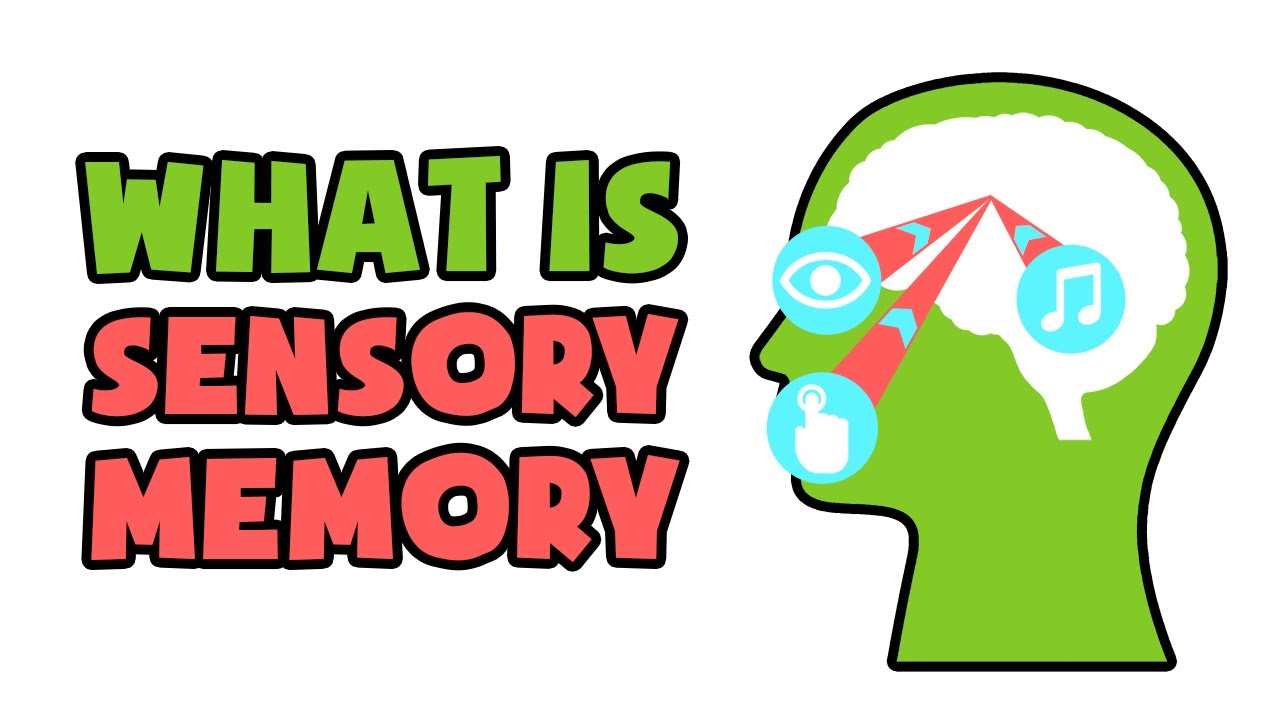
The shortest-term memory is sensory memory. This is the ability to retain sensory impressions after the original stimulus has ended. It serves as a buffer for stimuli received through sight, hearing, smell, taste, and touch, which are accurately retained but for a short period of time.
An example of sensory memory is being able to recall what something looked like after observing it for a single second.
When our senses detect stimuli, they can either be deliberately ignored, in which case they disappear almost instantly, or they can be perceived, in which case they enter our sensory memory.
As a result, the brain is designed for it to only process information that will be useful at a later time, and to let the rest pass by unnoticed.
Unlike other types of memory, sensory memory cannot be prolonged by rehearsal, as it is perceived automatically and unbidden.
Sensory memory is an ultra-short-term memory and decays or degrades very quickly, usually in the region of 200 – 500 milliseconds (1/5 – 1/2 second) after the perception of an item, and certainly no longer than a second (even though echoic memories last perhaps three to four seconds).).
Despite its short duration, it is crucial for storing information in short-term memory, as it is often considered part of perception.
In some cases, the sensory memory of visual stimuli is called the iconic memory, the sensory memory of aural stimuli is called the echoic memory, and the sensory memory for touch is called the haptic memory.
The smell may actually be even more closely linked to memory than the other senses, possibly because the olfactory bulb and olfactory cortex are physically very close – separated by just two or three synapses – to the hippocampus and amygdala (which are involved in memory processes).).
The smell of an object can be associated with memories and emotions more quickly and more strongly than any other sense, and the memory of that object may last a long time even without constant re-acquisition.
According to George Sperling‘s experiments in the early 1960s, the upper limit of sensory memory (as distinct from short-term memory) is approximately 12 items, although participants often reported seeing more than they could actually report. The grid of letters was flashed for a very short period of time (50 milliseconds).
Attention (the cognitive process of focusing on one aspect of an environment while ignoring others) transfers information from sensory memory into short-term memory, which filters stimuli to only those of interest at any given moment.

